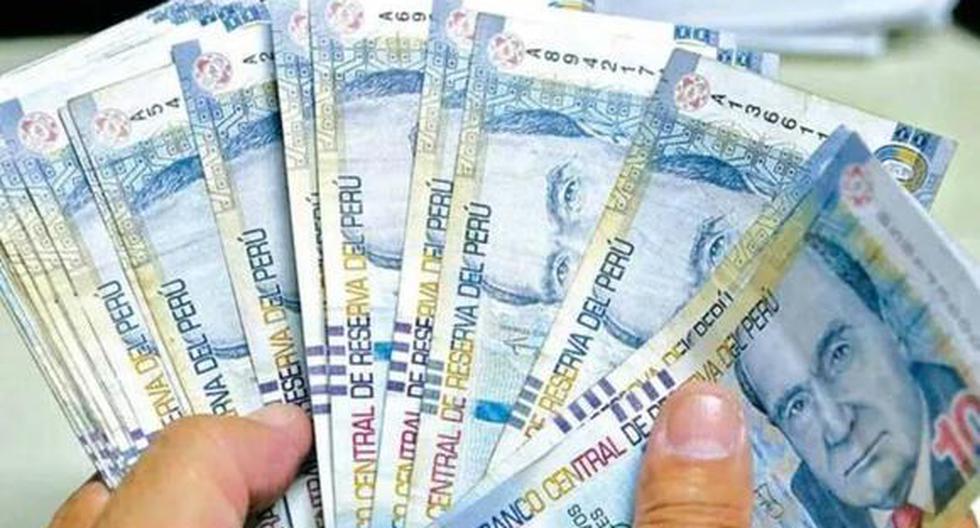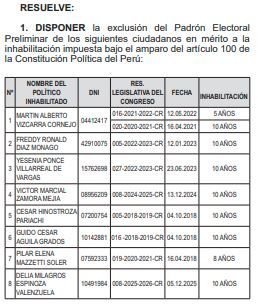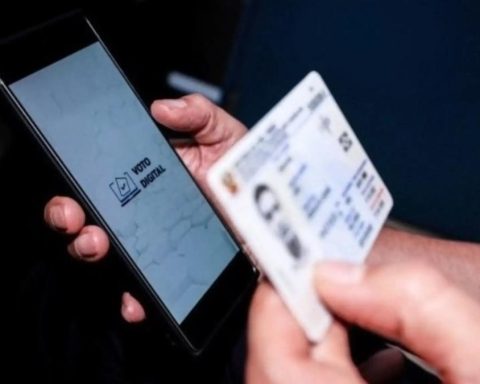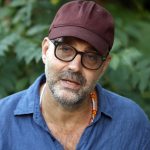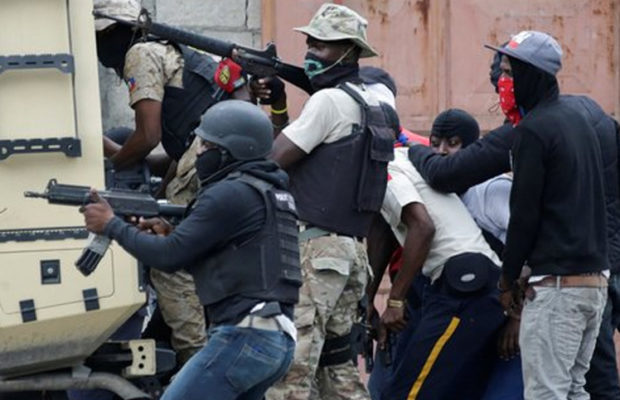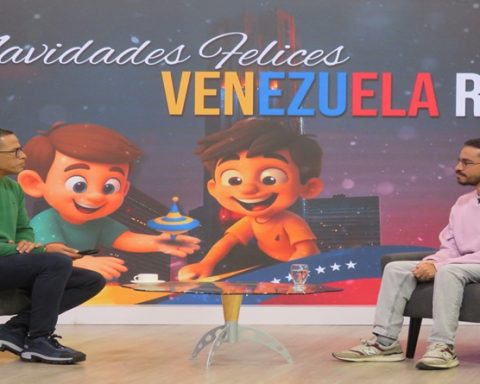On March 24 begins the legal term for the payment of utilities, a benefit that recognizes the contribution of workers to the achievement of results. EY Peru has prepared a guide on everything that should be known about this disbursement.
Which companies are required to pay utilities and which are not? Companies that have more than 20 workers on the payroll and have generated third-category income during fiscal year 2022 are required to pay profits this year.
The following are not obliged to generate said payment: (1) self-managed companies; (2) cooperatives and communal; (3) sole proprietorships; (4) civil societies; (5) microenterprises that are duly accredited in the National Registry of Micro and Small Enterprises; and, finally, (6) companies that do not exceed 20 workers on the payroll.
Who are the beneficiaries of this payment? All workers, national or foreign, including those with indefinite-term, fixed-term, part-time, remote or teleworking contracts, are beneficiaries of this payment. This, as long as they are on the payroll and their companies have generated profits.
The lessors of services or people who issue receipts for fees, not being workers, do not receive this compensation. The same occurs with public sector workers, except those who work in State companies that apply the labor regime of private activity. In the case of workers in the civil construction regime, utilities are paid weekly throughout the year.
When should they be paid? As a general rule, the payment of utilities by employers must be made within thirty (30) days after the expiration of the deadline for the presentation of the Annual Income Tax Return. Deadlines this year range from March 24 to April 11.
Look: Alfonso Bustamante Canny is the new president of the Confiep
How is the amount to be distributed calculated? The factors to be considered for the calculation are: (1) the total remuneration received during the year; and (2) the number of days worked during the year. Thus, 50% of the final amount to be paid is associated with the days worked by the worker and the remaining 50% with his remuneration.
Likewise, the following cases are considered as days worked:
to. Days of absence due to the closure of the premises due to the commission of tax offenses.
b. Union licenses.
c. Days not worked due to a null dismissal in case of replacement.
d. Hours of lactation.
and. Perfect suspension of work due to a fortuitous event or force majeure in the event that it has been declared inadmissible.
F. The days of leave due to work accident or occupational disease.
g. The days of pre and post natal leave.
Is there any difference in the distribution of profits depending on the economic sector to which the company belongs? Yes, the distribution of profits depends on the industry to which the company belongs. The percentage of profits that must be distributed varies as follows:
to. Fishing companies: 10%
b. Agricultural companies:
Yo. 5% until 2023
ii. 7.5% between 2024 and 2026
iii. 10% from 2027 onwards
c. Telecommunications companies: 10%
d. Industrial companies: 10%
and. Mining companies: 8%
F. Trade companies and restaurants: 8%
g. Companies that carry out other activities: 5%
What is the fine in case a company does not pay utilities? The non-payment, the partial payment or the late payment of the utilities can generate two types of consequences. The first is generating interest. And, second, that the company can be denounced by a worker before SUNAFIL; entity that can initiate an inspection procedure and, when determining that the obligation was not fulfilled, consider it as a serious infraction in terms of labor relations. In this sense, the Labor Inspector could propose applying a fine that can range from 1.57 UIT (ascending to S/7,771.50 soles) to 26.12 UIT (ascending to S/129,294.00 soles). This, depending on the number of workers affected.
What is the maximum profit to be distributed? Pursuant to Legislative Decree No. 892 and its Regulations, the maximum amount that can be delivered to each worker for profits is 18 monthly remunerations in force at the end of the fiscal year. If there is a surplus, it must be deposited in favor of the National Labor Training Fund (FONDOEMPLEO), a State entity that finances projects that promote skills for employment in Peru and provides training to workers for job placement.
